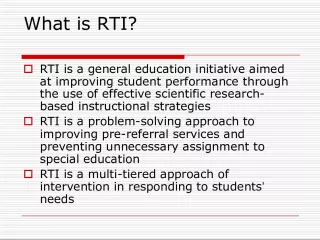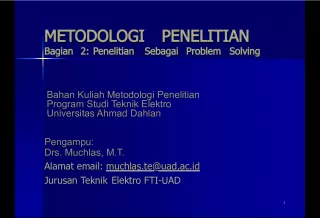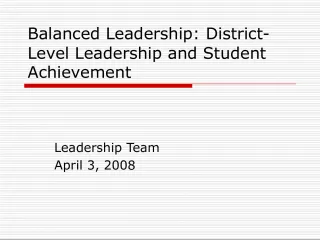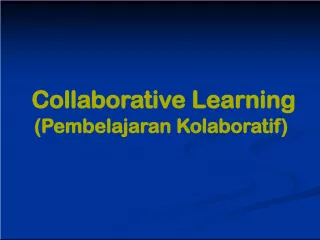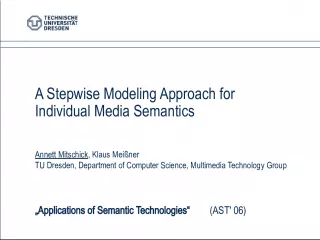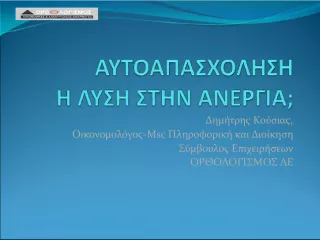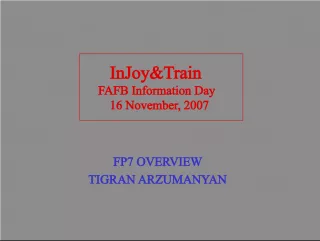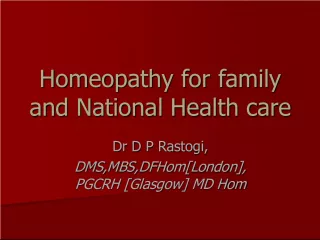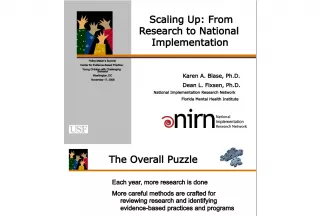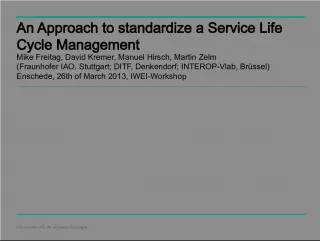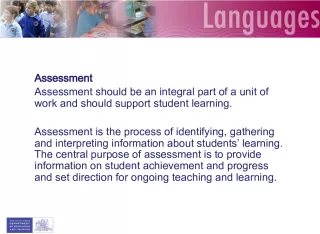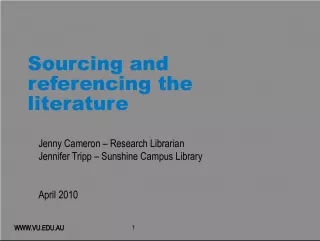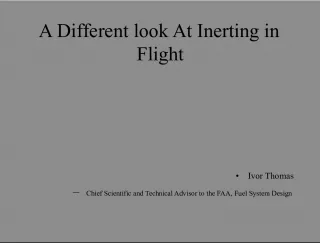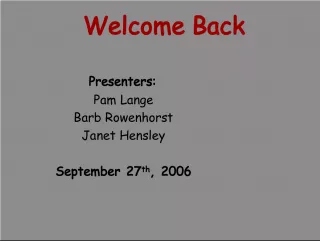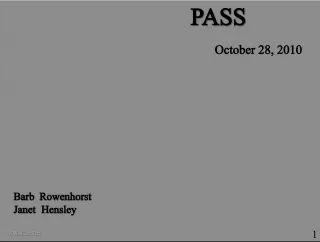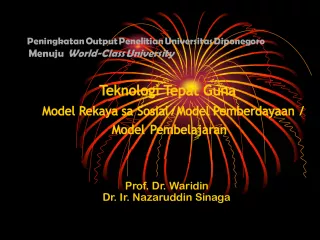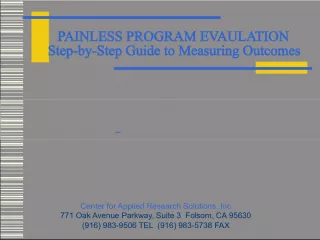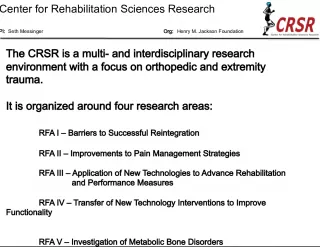Illustrating a Scientist Practitioner Approach in ABA Student Research
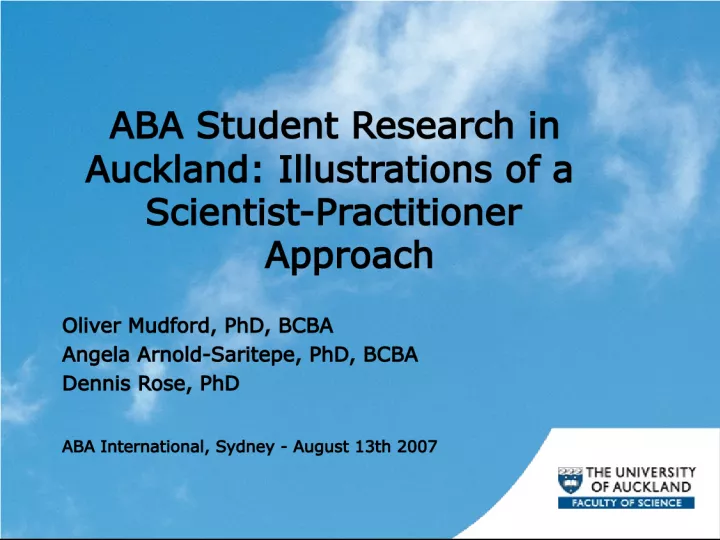

PhD BCBA Oliver Mudford and PhD BCB Angela Arnold Saritepe use ABA student research from Auckland to illustrate the importance of a scientist practitioner approach in behavior analysis.
- Uploaded on | 2 Views
-
 todd
todd
About Illustrating a Scientist Practitioner Approach in ABA Student Research
PowerPoint presentation about 'Illustrating a Scientist Practitioner Approach in ABA Student Research'. This presentation describes the topic on PhD BCBA Oliver Mudford and PhD BCB Angela Arnold Saritepe use ABA student research from Auckland to illustrate the importance of a scientist practitioner approach in behavior analysis.. The key topics included in this slideshow are . Download this presentation absolutely free.
Presentation Transcript
1. ABA Student Research in Auckland: Illustrations of a Scientist-Practitioner Approach Oliver Mudford, PhD, BCBA Angela Arnold-Saritepe, PhD, BCBA Dennis Rose, PhD ABA International, Sydney - August 13th 2007
2. Research Opportunities in ABA Postgraduate Programme Year 1 Coursework projects Preference and Reinforcer Assessment Functional Assessment Year 2 Masters thesis (Full-time 1 year research) Year 3 Scientist-practitioner research in supervised fieldwork settings (across 12 months) Post-BCBA PhD research
3. Research with adult populations Three examples supervised by Oliver Mudford Katrina Phillips, MSc, PGDipAppPsych Residential intellectual disability service Erika Ford, MA, PGDipAppPsych Residential ABI/TBI rehabilitation facility Janine Locke, MSc Dementia care residential unit
4. Comparison of Interventions to Decrease Grabbing by a Man with Intellectual Disabilities Katrina Phillips ABA Programme Graduate 2007
5. Function of behavior Social Positive Reinforcement Decreasing problem behavior over two time periods using NCR Engagement Extinction Combinations of the above Programme
6. Figure 1. Frequency of BNs grabbing during the morning shift (90 mins). Graph shows four different interventions: baseline (no intervention), task engagement and extinction, task engagement, extinction and NCR, or extinction and NCR.
7. Outcome Grabbing of other residents reduced to zero with a combination of providing engaging activities for BN, non-contingent attention on a FI-5 min schedule, and attending minimally to instances of grabbing Staff maintained intervention beyond the data shown.
8. Teaching Face Recognition to an Adult with Brain Injury Erika Ford ABA Programme Graduate 2007
10. Matching to Sample Task Female with Acquired Brain Injury Deficit in name-face matching Matching to Sample procedures implemented to teach face matching Within-stimulus prompting strategy Photo quality of comparison pictures systematically faded in
11. Matching to Sample Results Figure 1. The percentage of correct responses emitted during a matching-to-sample task of photos of identical faces. Level 1-3 indicate the level of within-stimulus prompt. Jenny Danny MT alone L 1 B/L /L MT Vs 2 L 3 MT Vs 2 L 2 MT Vs 2 L 3 MT Vs 2 L 1 MT Vs 2 L 2 Mother Husband
12. Discussion Matching to Sample procedures were unsuccessful at teaching face matching Assessment of Basic Learning Abilities (ABLA) conducted Visual discrimination, visual matching-to-sample and auditory-visual discrimination difficult to learn via standard prompting and reinforcement procedures Further research required on the predictive value of the ABLA for teaching adults with brain injury
13. Reduction of Non-social Vocalisations for a Man with Dementia: Serendipitous Intervention Janine Maari Locke Final year ABA student
15. Aim To investigate the influence of music on LSs non-English (and non-Thai ) chanting and repetitive speech-like vocalisations that were annoying other residents of a dementia care unit
16. Method Alternating treatments design 4 Conditions- baseline, music out loud, headphones with music, and headphones without music During each session the 4 conditions ran for 5-mins each, one after the other (the conditions were randomly ordered) Recorded 10s whole intervals of quiet IOA on 30% of trials 90-100%
18. Discussion Music may be effective for this automatically reinforced behaviour for this man because it provides alternative auditory stimulation The data do not reveal the type of noise LS made while listening to music with headphones, it was often only a slight mm or ah rather than the loud chanting that was observed during baseline Data collection is continuing
19. ABA Research for Children Angela Arnold-Saritepe, BCBA
20. Research with child populations Three examples supervised by Angela Arnold-Saritepe Sheree Adams, MA, PGDipAppPsych Residential Childrens ID Service Rachel Pearce, MSc, PGDipAppPsych Mainstream Primary School Katrina Phillips, MSc, PGDipAppPsych Special School
21. The Use of a Shaping Procedure to Teach PECS to a 14-yr-old Boy with Cerebral Palsy and an Intellectual Disability Sheree Adams ABA Programme Graduate 2007
23. Picture Exchange Communication An augmentative communication system developed by Bondy and Frost (1994). Influenced by Skinners description of the verbal operants (1957). Focus on student initiated communication.
24. Participant and setting CM lived in a fully staffed residential facility Objectives Increase the distance travelled to exchange an icon for a preferred item Increase the distance travelled to obtain the icon. The experimental design was changing criterion. Phase II (Distance and persistence)
25. Criterion distance
26. Distance travelled in metres Criterion distance
27. Shaping with reinforcement was used to teach CM to travel towards a communication partner and to a PECs book to make an exchange. The intervention was over three months, follow up at two months indicated that gains had been maintained. Results and conclusion
28. A Comparison of Two Methods for Teaching Sight Words to Primary School Children Rachel Pearce ABA Programme Graduate 2007
30. Reading acquisition program Compared Cover Copy Compare and Response Repetition methods for teaching high frequency sight words. Participants = three students (one with a diagnosis of ASD); ages 9 & 10 years; mainstream primary school. Benefit = mastered words may give access to other reading sources & their associated reinforcers sooner than other methods
31. Method Alternating treatments design 15 min intervention per day per child until 20 words mastered; additional words taught using most successful method for that student Reinforcement Token economy system, correct response = sticker, full sticker chart = prize
34. Discussion points Generalisation testing conducted across tasks (reading words on flash cards, in sentences, & spelling), maintenance of mastered words over time. Superiority of one method over other not clear learning histories of students or procedural differences? Processes of enhanced stimulus control & negative reinforcement may increase correct responding, but difficult to determine contribution of each.
35. Using Shaping to Increase Swimming Pool Access by a 12-year-old Boy with Autism Katrina Phillips ABA Programme Graduate 2007
37. Shaping Programme Highly preferred item Twiddling shoelace Initial behaviors No approach or approaching edge of pool. Terminal behavior Moving out into pool
38. Point of last reinforcer in session No reinforcer available Reinforcer available but never received Point of first reinforcer in session Figure 1. Level of access to the pool both within and across sessions.
39. Outcome The boy appeared to enjoy being in the pool instead of cowering away from it His parents were pleased with the effects of intervention Teachers at the school were delighted also This project showed the school that ABA can have real functional value
40. The End
